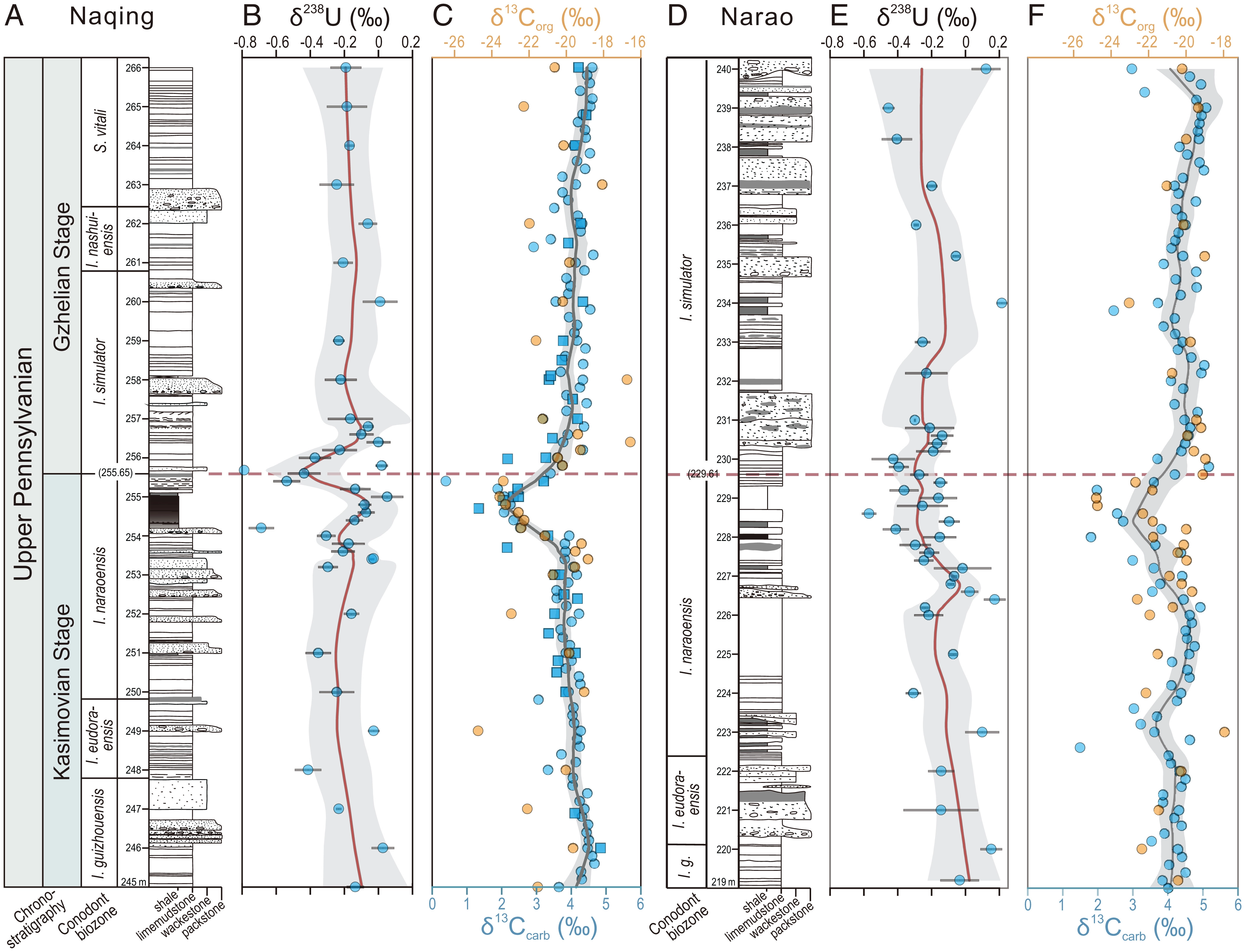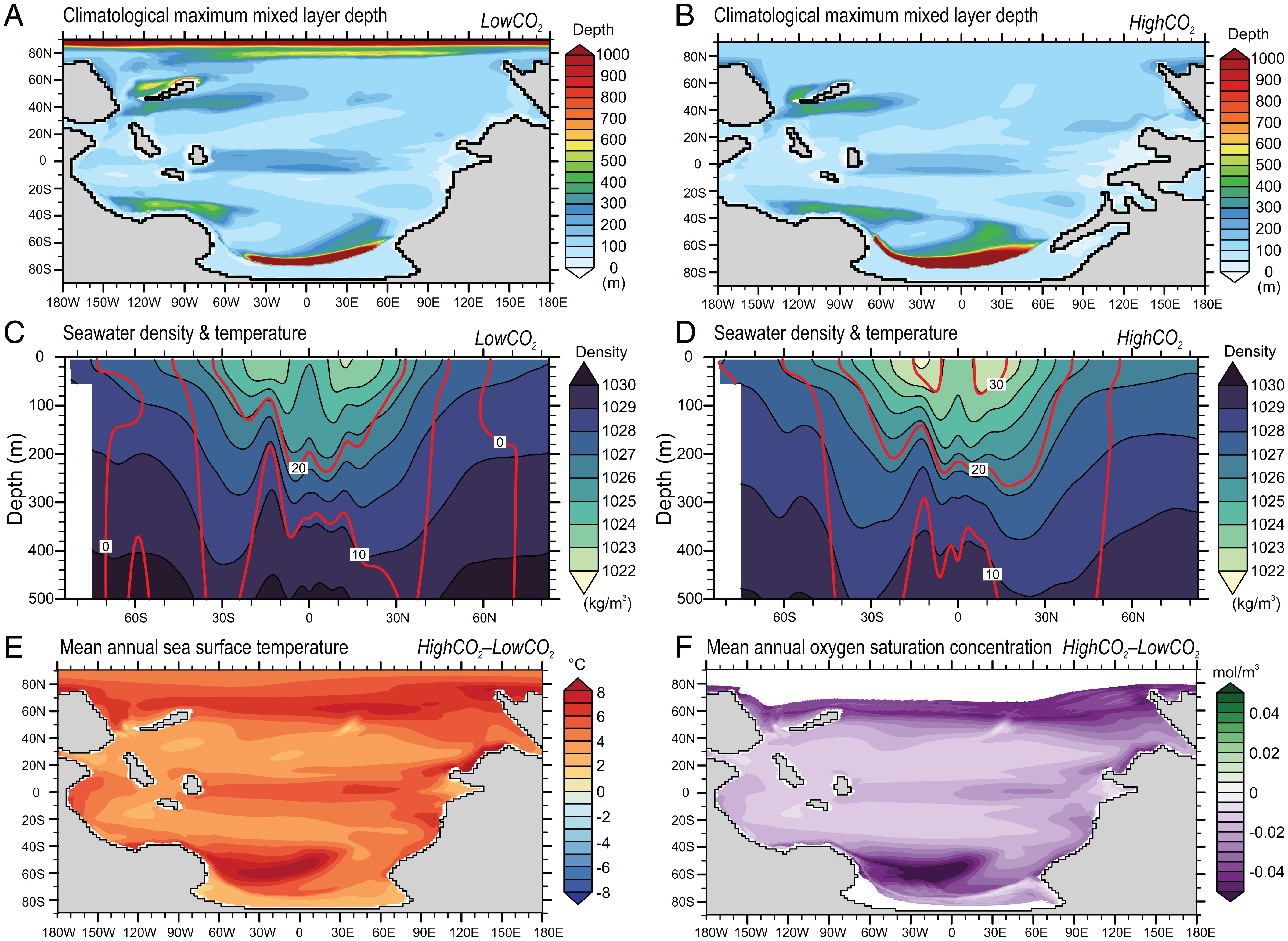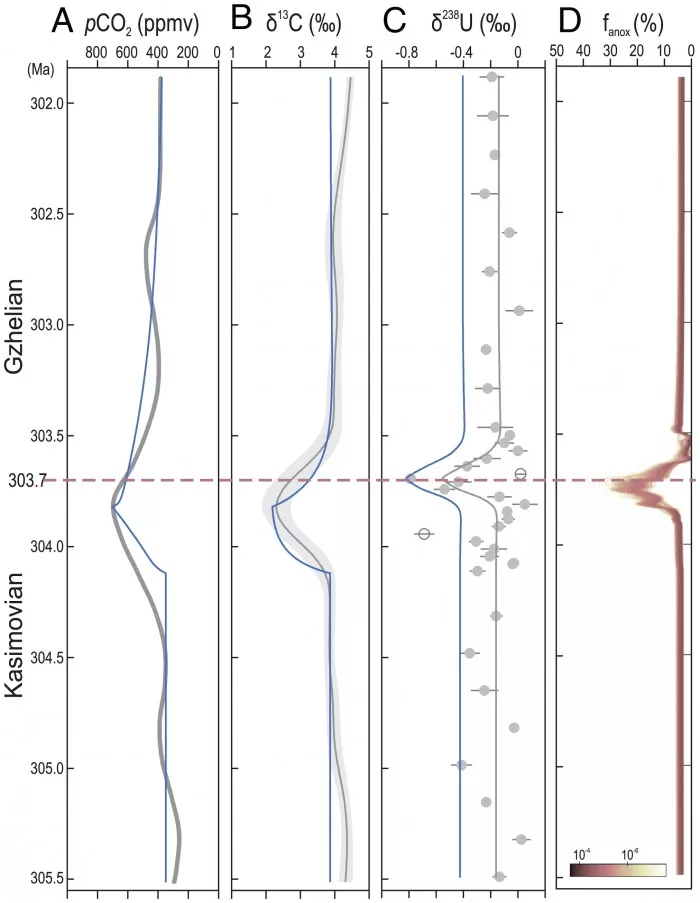What Are The Consequences Of Global Warming? What Kind Of Living Environment Will Life On Earth Face? To Answer These Questions, We Can Find Answers In The Period Similar To The Current Changes In The Earth's Environment In The History Of The Earth Recently, The Nanjing Institute Of Geology And Paleontology Of The Chinese Academy Of Sciences, In Cooperation With Nanjing University And The University Of California Davis, Published An Important Research Result: During The Late Paleozoic Ice Age About 300 Million Years Ago, Similar To The Current Earth Environment, There Was A Short Huge Amount Of Carbon Emission Event, Which Caused A Significant Reduction In Marine Hypoxia And Marine Biodiversity
On May 2, This Achievement Was Published In The International Famous Scientific Journal, The Proceedings Of The American Academy Of Sciences (PNAs).
Today, The Earth Is In The Cenozoic Ice Chamber Climate That Began 34 Million Years Ago. However, In The Past Century, The Global Temperature Has Increased Rapidly Under The Background Of Ice Chamber Climate, The Melting Of Polar Glaciers Has Intensified, The Sea Level Has Risen, And The Degree Of Ocean Hypoxia Has Increased, Resulting In The Reduction Of Global Biodiversity. How Will The Trend Of Global Warming Develop Further? Based On The Observed Data Of Current Environmental Changes, It Is Difficult To Predict The Long-term Trend In The Future. In Order To Find The Internal Relationship Between The Warming Of The Global Ice Chamber Climate Background And The Changes Of Marine Hypoxia And Biodiversity, And More Accurately Simulate And Evaluate The Degree Of Marine Hypoxia, Scientists Find The Answer Through The Study Of The Ice Chamber Climate In The Earth's History.

The Late Paleozoic Ice Age Of 360-280 Million Years Is The Longest And Largest Ice Chamber Climate On The Earth. It Is Also The Only Geological Period That Recorded The Transformation Of The Earth From Ice Chamber Climate To Greenhouse Climate Since The Establishment Of Terrestrial Higher Plants And Terrestrial Ecosystem. The Concentration Of Atmospheric Carbon Dioxide And Oxygen At That Time Was Also Similar To That Of Modern Times, Which Can Be Well Compared With The Ice Chamber Climate Environment In Which Human Beings Live Today. Therefore, The Study Of The Impact Of Carbon Emissions And Global Warming Events That Have Occurred In The Late Paleozoic Great Ice Age Will Help Us Better Understand The Correlation And Feedback Mechanism Within The Earth System Under The Ice Chamber Climate, So As To More Accurately Predict The Future Development Trend Of Global Climate And Environmental Change And Biodiversity.
The International Cooperation Team Led By Researcher Chen Jitao Of Nanjing Institute Of Paleontology, Professor Wang Xiangdong Of Nanjing University And Professor Isabel Monta ñ EZ Of University Of California Davis Has Carried Out Multi-disciplinary Comprehensive Research On The Carboniferous Strata In South China For Nearly A Decade, Including Stratigraphy, Paleontology, Sedimentology, Sedimentary Geochemistry And Numerical Simulation, And Found A Huge Carbon Emission Event Under The Ice Chamber Climate In The Late Carboniferous For The First Time.
The Naqing Section In Luodian, Guizhou Province Has Developed A Few Continuously Exposed Carboniferous Marine Strata In The World, Which Completely Records The Geochemical Information Of Seawater In The Late Carboniferous. By Testing And Analyzing The Carbon And Uranium Isotopes And Major And Trace Elements Of The Samples With Centimeter Accuracy Collected From The Profile, The Researchers Numerically Simulated The Carbon Emissions And Carbon Sources With The Global Carbon Cycle Model (loscar), Calculated The Degree Of Global Ocean Hypoxia At That Time With The Coupled Carbon Uranium Model, And Finally Simulated The Data With The More Comprehensive Earth System Model (cesm); Finally, The Correlation Mechanism Between Carbon Emission And Ocean Anoxic Area In This Event Is Established.

The Results Show That In The Late Carboniferous (about 304 Million Years Ago) Ice Chamber Climate, About 9 Trillion Tons Of Carbon Were Discharged Into The Atmosphere Within 300000 Years, Which Caused Significant Global Warming At That Time. During This Period, The Sea Surface Temperature Increased By About 4 ℃, The Global Ocean Anoxic Area Expanded To 18%, And The Marine Biodiversity Decreased Significantly In The Short Term. The Study Of Earth System Model Shows That During The Global Warming Of Ice Chamber Climate, Extensive Ocean Hypoxia May Be Related To The Enhancement Of Seawater Stratification And The Increase Of Nutrient Input (oxygen Consumption).
By Comparing The Carbon Emission Events In Different Climatic Environments In Geological History And The Global Warming And Ocean Hypoxia Caused By Them, The Research Team Proposed For The First Time That Under The Same Carbon Emission Rate, The Ocean Under The Ice Chamber Climate May Have A More Serious Oxygen Deficiency State Than The Greenhouse Climate. Through The Study Of Similar Climate And Environmental Events That Have Occurred In The Geological History, And The Detailed Identification Of The Occurrence, Development And End Process Of The Event, We Can Further Reveal Its Impact On Marine Biodiversity And Provide Some Reference For Human Beings On How To Deal With The Possible Extreme Climate In The Future. (CCTV Reporter Zhang Chunling)


